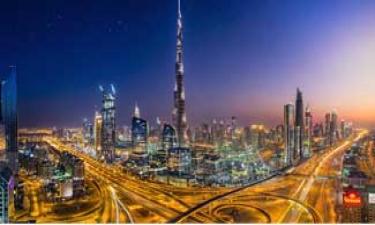Day 1 : Arrival at Paro International Airport
After arriving at Paro International Airport, you will be welcomed by your dedicated certified guide, and after immigration & baggage collection you will proceed to your hotel in Thimphu, capital of Bhutan. After refreshment you will start your trip according to below itinerary with certified guide and dedicated vehicle.
Tashichho Dzhong
It is a Buddhist monastery and fortress in the city of Thimphu Bhutan, on the western bank of the Wang Chu River. This was built in 1641 Zhabdrung Ngawang Namgyal acquired it but finding it too small, he built another one, known as the lower Dzong. Tashichho Dzong has been the seat of the government since 1952 and presently houses the throne room and offices of the king, the secretariat and the ministries of home affairs and finance.
National Memorial Chorten
Memorial chorten has been designed to present it as “One of the most visible religious structures in Thimphuâ€. The Memorial Chorten, in the heart of the city, is designed is a Tibetan style chorten, also called as the Jangchup Chorten, patterned on the design of a classical stupa. The feature that is distinct here is the outward flaring of the rounded part to give the shape of a Vase, unlike a dome shape. National Memorial chorten is an extraordinary example of Buddhist architecture and artwork with its gorgeous paintings and intricate sculptures. You will find elderly Bhutanese people circumambulating this throughout the day.
Kuensel phodrang (Buddha Point)
Buddha Dordenma is massive statue of Shakyamuni measures in at a height of 51.5 meters, making it one of the largest statues of Buddha in the world. The statue is made of bronze and is gilded in gold. 125,000 smaller Buddha statues have been placed within the Buddha Dordenma statue, 100,000 8 inch tall and 25,000 12 inch tall statues respectively. Each of these thousands of Buddhas has also been cast in bronze and gilded. The throne that the Buddha Dordenma sits upon is a large meditation hall. The Buddha Dordenma is located atop a hill in Kuensel Phodrang Nature Park and overlooks the Southern entrance to Thimphu Valley. The statue fulfills an ancient prophecy dating back to the 8th century A.D that was discovered by Terton Pema Lingpa (Religious Treasure Discoverer) and is said to emanate an aura of peace and happiness to the entire world. Overnight stay in hotel.











